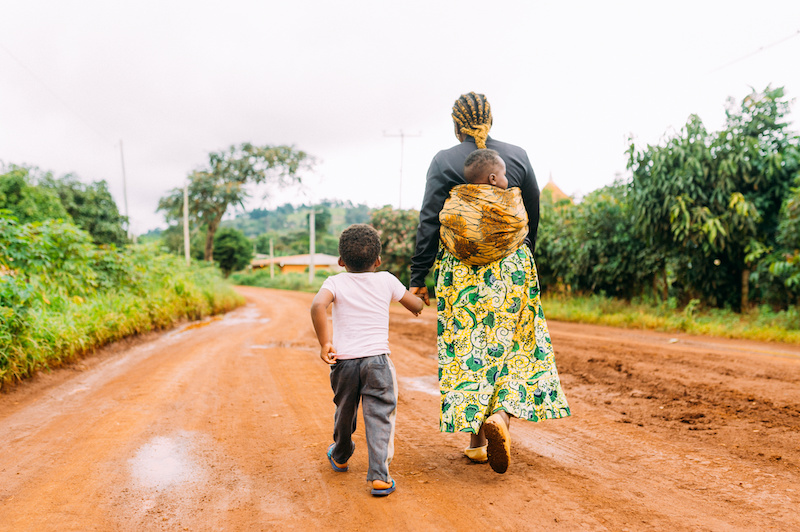On March 20, President Tayyip Erdogan announced Turkey’s withdrawal from the Istanbul Convention, aimed at preventing and combatting violence against women and domestic violence. The first binding treaty on the topic, the Istanbul Convention seeks to promote governments’ accountability in preventing violence and ending legal impunity for perpetrators. Turkey’s announcement was met with immediate criticism; Turkish citizens took to the streets in protest, and world leaders, including US President Joseph Biden, issued public statements opposing the decision.
Policymakers globally have never given this human rights and development issue the attention and investment it deserves.
Widespread criticism would have been warranted under any circumstances. Even pre-COVID, one in three women worldwide experienced violence, including within their own homes, and policymakers globally have never given this human rights and development issue the attention and investment it deserves. The COVID-19 pandemic has only exacerbated this stark reality. Having now reviewed 59 papers exploring trends of violence against women and children during COVID-19, we found in our most recent research roundup that 44 (74.6 percent) point to increases in at least one measure of violence.
This latest roundup of violence-focused studies takes a deeper dive into low- and middle-income countries. Of these, nearly all (80 percent) document increases in violence. A subset of papers examine risk factors tied to violence, many of which relate to the rising economic insecurity the COVID-19 crisis has caused. Women and children living in households experiencing unemployment (either by the perpetrator or the victim), lost income, or food insecurity, are more likely to experience violence.
But a year into the pandemic, too few researchers are examining what will work to prevent violence or support survivors. Just five studies of the 100 we have reviewed since the pandemic’s outbreak have evaluated the impact of policies or interventions. The most recent—a study from Bolivia—points to the benefits of a youth empowerment program for reducing the risk of violence against adolescent girls (resonant with a study by Oriana Bandiera and others during the 2014 Ebola outbreak, demonstrating the role of a similar program in reducing the time girls spent with older men and unintended pregnancy, and thus a higher likelihood to return to school).
Studies examining risk and protective factors provide a helpful starting point that can help researchers prioritize interventions to evaluate going forward. Given the number of studies pointing to economic insecurity’s ties to risk of violence, researchers should consider prioritizing the evaluation of policies and programs aimed at supplementing household income and food consumption, including through the provision of cash and in-kind transfers and employment opportunities.
But for researchers to evaluate these policies and programs, they need to exist.
But for researchers to evaluate these policies and programs, they need to exist. Beyond the need for more research on what works to address violence in the COVID context, we need more policymakers to take action. Fortunately, many leaders have taken the opposite approach of President Erdogan, publicly acknowledging the “shadow pandemic” of gender-based violence and taking action to combat it (including, for example, the United States’ recent reintroduction of the Violence against Women Act, and the High Court of Kenya’s recent decision to uphold a ban on female genital mutilation/cutting).
Still, more must be done. According to data reflected in the COVID-19 Global Gender Response Tracker, only 52 countries have classified violence against women prevention and response services as essential, and only 40 countries have public plans to collect and use data to inform policies to counter violence against women and girls. In the face of a shadow pandemic—one that has long predated COVID-19 and is sure to outlast it—global leaders must advance, not retreat.
CGD blog posts reflect the views of the authors, drawing on prior research and experience in their areas of expertise.
CGD is a nonpartisan, independent organization and does not take institutional positions.






